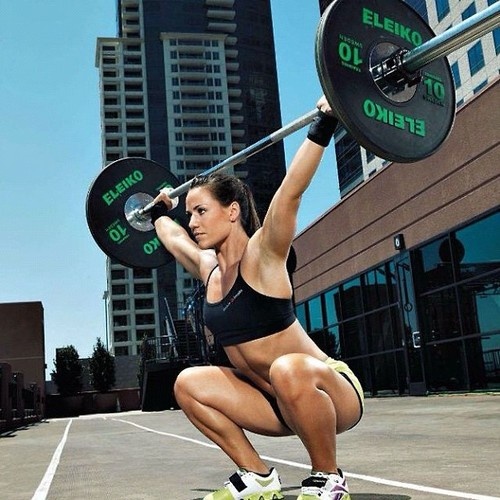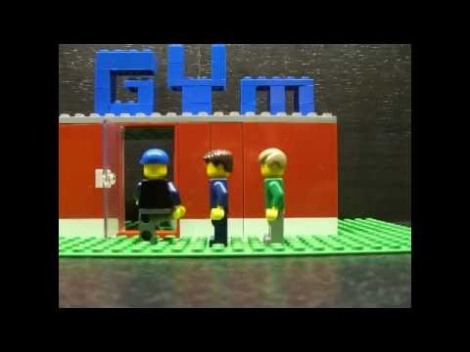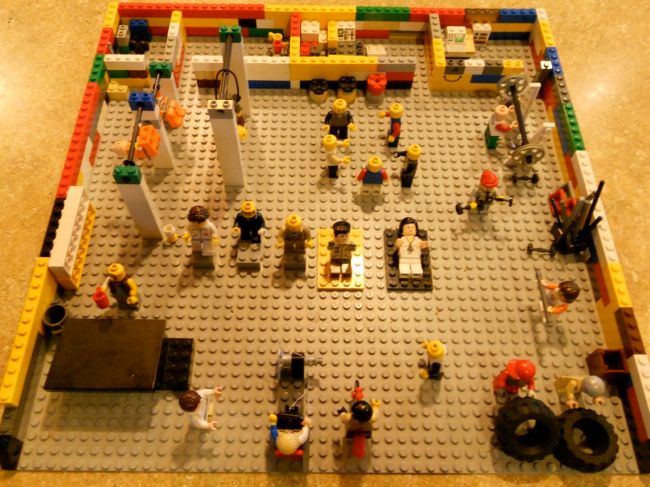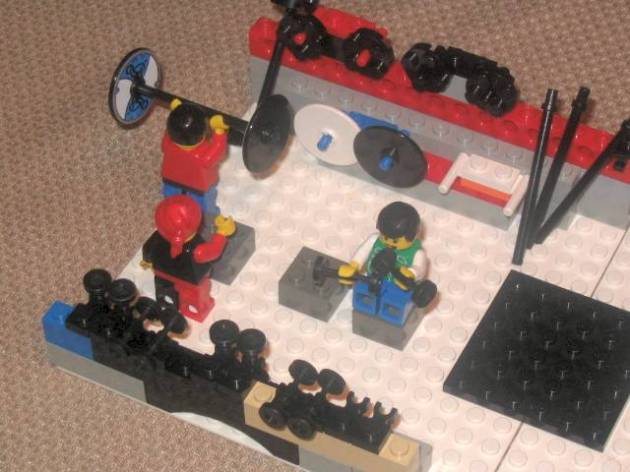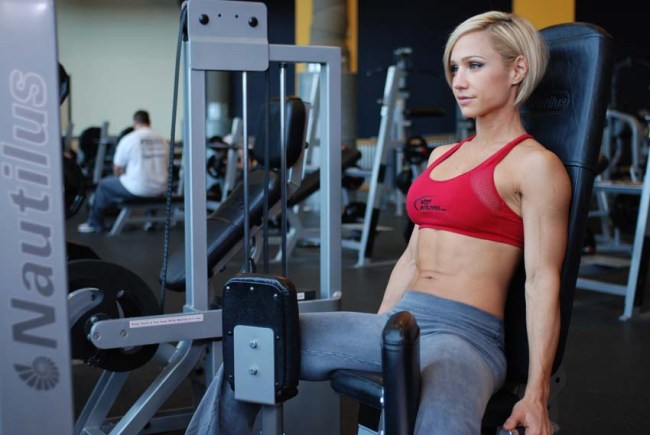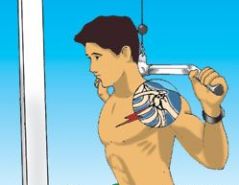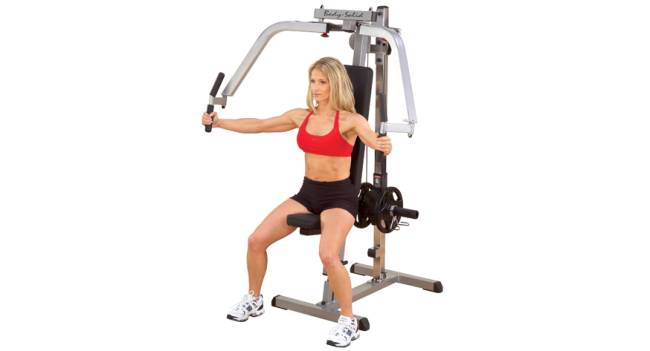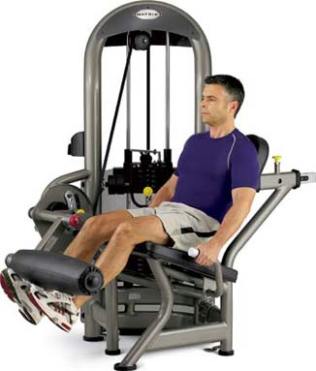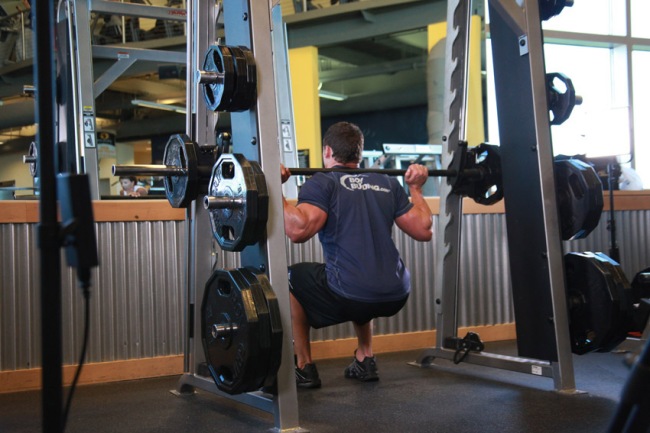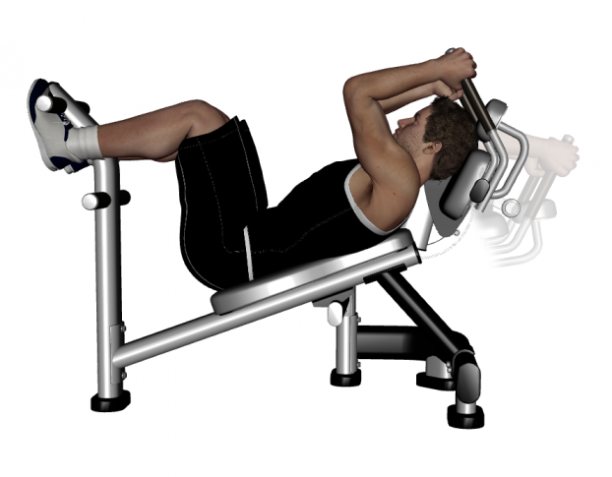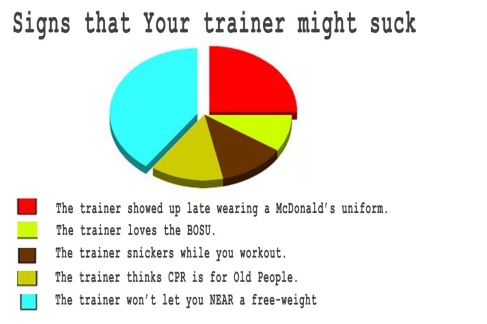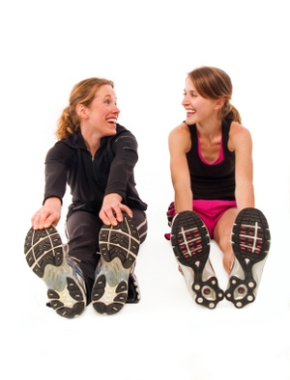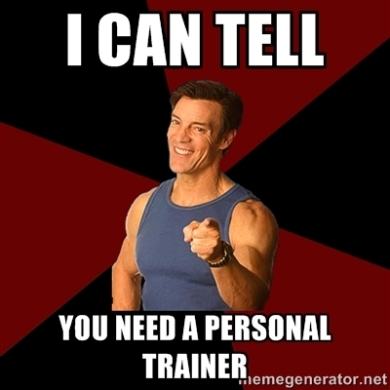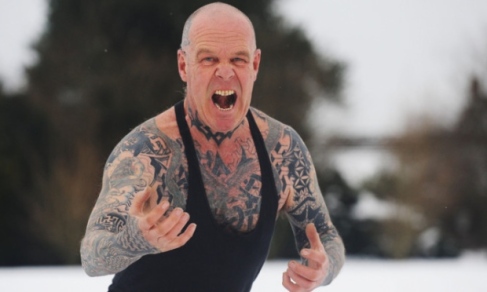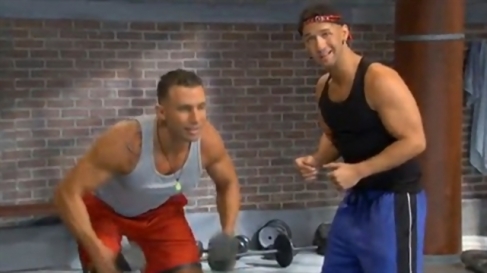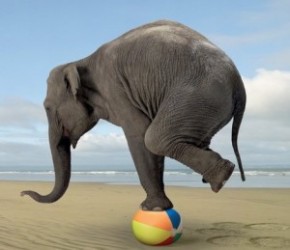A challenge faced by working adults is the occasional, or frequent need to travel. This can affect a persons consistency with their diet and exercise plans and cause some mental havoc. I’ll be the first to tell you that it doesn’t have to be that way.
I reached out to my professional colleagues to see what advice they are providing their frequent flier clients with the following questions;
“What are your best healthy eating habits or tips for the frequent traveler?”
“Do you have any additional advice for clients on weight loss or weight management diets?”
“I went on vacation and brought back 5lbs of unwanted weight, what can I do?”
“Will a five day trip seriously affect the progress I’ve made in the gym?” (I.E loss of strength,mobility or cardio endurance)
Let’s meet your Fitness Professionals….
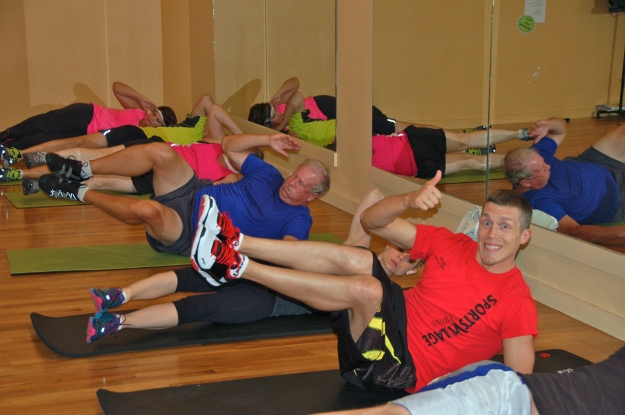
ANDY FRISCH is the owner of http://www.FreshEvolutionFitness.com, a growing community where he maintains an active blog and video database. He helps members to engineer their weight loss and improve their health and happiness.
Andy has also worked as a trainer with Sports Village Fitness in Lebanon,TN USA since 2011. Andy’s lengthy list of credentials include Precision Nutrition Level 1 (finishing up Level 2) Coaching, Corrective Exercise, Weight Loss Specialist, and several other specialization courses from National Academy of Sports Medicine and National Exercise and Sports Trainers Association (NESTA)
He is an expert in the fields of nutritional coaching and lifestyle design. He sees living a healthy and happy life from the macro perspective, while understanding how to adjust the micro level for clients to achieve their goals.
Andy’s Advice…
When it comes to maintaining a healthy lifestyle while traveling often, a few familiar key factors come to mind. I’ve used these ideas successfully with a handful of type-A executives who are on hectic schedules. The biggest thing to consider is how to prepare best for the individual.
For example, some clients know they’ll be going out to eat, so they Google healthy restaurants within the area they’ll be staying. This allows them to know where they’ll be able to go without having to take time to decide when blood sugar is low and will power may be non-existent.
Also, asking restaurants or hotels if they offer low-glycemic, diabetic, or simply a healthy options menu can be a life-saver. Many establishments have them, though they often don’t advertise the fact.
Other clients may not have time or care to go out to eat, so they need to prepare foods that travel well. This can usually include items like different raw, unsalted nuts or dried fruits for energy (depending on their dietary habits), as well as healthy types of jerky or even protein powders prepacked into ziploc baggies.
If you’re in a pinch and don’t feel comfortable hitting an unfamiliar restaurant, find a local grocery store. You’ll be able to make healthier choices that you’re more familiar with, provided your hotel room has a mini-fridge and a microwave, if needed.
In addition, the closer you can keep your travel lifestyle to match your home healthy lifestyle, the better off you’ll be. Sneaking in even 15 minutes of a quick workout can help rev up energy levels and prepare you for big meetings or presentations. I’ve even had clients who had me design a 10 minute, bodyweight workout they could do in their hotel room before a convention each morning.
Remember, your body likes a routine. While breaking it on occasion is critical to growth, being in a high stress situation, like traveling for work, is often a good time for keeping things comfortable and familiar. If you work out at home, try to work out on the road. Dial back the intensity according to your schedule, but stay active.
If you stick to these, you should be able to keep from adding any unwanted weight. However, if a few additional pounds happen to sneak onto your carry-on and you don’t notice them until you’re home in front of the mirror, it’s important not to panic.
If you’ve been doing the right things prior to leaving to lose weight, go back to those things to lose it back. The biggest mistake someone can make is to freak out about a few extra pounds, completely change up their exercise and nutrition, and get out of the healthy habits they’ve created. Stay the course, have faith, and get right back into the fight. Those pounds will disappear.
Often times, clients worry about going on vacation or business trips. They think the time away from the gym will derail all their progress. In fact, the opposite is often the case. I spend time with my clients to make sure they enjoy their vacations or trips without abandoning all their healthy habits. Sure, we alter them, but we don’t disown them.
This works wonders, as most clients return to hop on the scale and see that the break actually helped them lose a few extra pounds. They’ll also notice feeling refreshed, renewed and reinvigorated. Even my clients who “misbehave” the worst, hitting the bar and having whatever desserts they want, will only come back with 3-5 extra pounds. They don’t panic, they realize the importance of getting right back into the ring, and within a 1-3 weeks those additional pounds are sent packing.

EMMA SKELTON currently based at Proehlific Park in Greensboro, NC. http://proehlificpark.com/about-our-personal-fitness-center/. A sports and fitness center like no other, spanning 84,000 sq ft and owned and operated by ex-NFL wide receiver Ricky Proehl. Originally designed to provide coaching and sporting opportunities for children, it now offers something for all ages.
Emma is a Certified Personal Trainer, Corrective Exercise Specialist, Fitness Nutritionist and Weight Loss Specialist through NASM and can be reached through her Facebook Page The Healthy Life. Among Emma’s current clientele are a number of frequent flyers, including her husband who travels 2 weeks out of 5 across the United States and abroad.
She primarily works with the older populations and will soon be launching a Seniors class to go alongside the higher intensity classes she also teaches.
Emma’s Advice… CHOOSE HOTELS WITH FREE FACILITIES IF POSSIBLE. Even at its most basic, a hotel gym will offer some sort of workout opportunity – use them!!
INVEST IN SOME RESISTANCE BANDS. These items are completely lightweight and portable and are very inexpensive. Even if you are a ‘hand-luggage only’ these will not take up any room. You can easily get a full body workout from these items and is an easy fix to keep you active even in the confines of a small hotel room. If you wanted to crank it up a notch, buy a TRX suspension kit. Again relatively small & light to pack and gives you a powerful, all over body cardio/strength workout if used correctly.
LITTLE & OFTEN. Don’t think whilst you are away you need to cram in your usual 1-2hr workouts. Even 20 – 30 minutes is better than nothing and if you are working hard enough, this is a good time to get your heart rate up and burn some serious fat! Its often hard to find time whilst traveling, especially if you are on someone else timeframe at a conference or such but just by getting up 30 minutes earlier you are guaranteed to get it done and feel better for the rest of your day!
BODYWEIGHT WORKOUTS WORK! Plan a 20 minutes high-intensity workout before you leave. I always offer my clients a few Tabata style workouts that are easy to complete whilst they travel. With a 5 minutes warm up to begin and a 5 minutes cool down at the end, 20 minutes of hard work is all you need to kick start your day. I suggest they download the ‘GYMBOSS’ app and set it a 20 second on, 10 second off intervals x8 with a 1 minute rest in between each ‘round’. That way you are getting a variety of exercises to elevate boredom and getting a kick-ass workout in at the same time! This is a short, sharp workout that requires nothing more than a pair of sneakers, their own bodyweight and some banging music helps too!!
MAKE GOOD FOOD CHOICES. This is always possibly the biggest challenge for most people. A delicious buffet cart, long, fun boozy lunches and tempting continental breakfasts all are hard to resist. I always ask my clients to remind themselves why they are doing this before eating and succumbing to temptations…. always have a little pep talk with yourself before making any bad food decisions. Just being mindful as to what your goals are and how hard you’ve worked thus far, are often all people need to stay focused. Make the best choices you possibly can… grilled proteins, no sauces (or at the very least ask for sauces to be on the side), no heavy carbs and lots and lots of green salads/veggies. Fill up on veggies is a good tip that people always seem to remember. Finally alcohol…. IF YOU HAVE TO indulge, again make good choices – try and avoid heavy beers, calorific wines and alcoholic sodas and cocktails. Chose clear liquors such as vodka and gin and pair them with diet tonics or seltzer waters flavoured with fruits such as lemons or limes. This change will cut your calorie content by half and still leaves you feeling like you have had a good night out!
“FAIL TO PREPARE, PREPARE TO FAIL” This is my go to mantra for all my clients… if you are not planning ahead you are going to fail. I suggest to all my travelers (and people who work in busy jobs too) buy a good shaker/blender cup and take it with you wherever you go. You can buy individual protein powder sachets (which avoids any awkward questions at customs!) and are a quick and easy way to keep on track and on top of your snacks and protein intakes. Quest do a good selection of flavors in individual packs. Other ‘quick fixes’ I suggest include Protein Bars (but they have to be the good quality kind, BPI do a good one as well as Pro-Bar which are delicious but are slightly denser with carbs content). My husband also packs Ostrim bars and Turkey Jerky too for a quick protein pick me up. Finally, this is so important and even more so if you are flying regularly – HYDRATE, HYDRATE, HYDRATE. Water needs to be your best friend, your body will thank you for it!

RENAE BOHALL ROCHON is a Certified Nutritionist and personal trainer with Four Directions Integrative Wellness located in Tempe,AZ. http://www.fdiw.org
Renae’s lifelong lover of fitness and twenty year professional dancer which included performing, teaching, and choreographing,led to her next passion of introducing exercise and wellness to people around her. Renae has helped countless clients get into fitness for the first time in their lives, return to fitness after taking a break for various reasons including injuries, personal setbacks or complexities of living in a busy world. This has created the need to think outside the box to support her clients reach their goals. She strongly believes if you really want something, you will find a way.
Renae’s advice…
Have a plan! When you have a plan you will be more successful staying on track because you will be controlling your environment as opposed to letting your environment control you. Pack nuts, protein bars, protein powder, beef jerky or fruit to keep you satiated. This keeps you from being a slave to the vending machine or binge eating when food is available. Stay hydrated. Many travelers limit water consumption due to long flights, or seminars. This can make you confuse hunger for thirst. Choose flat water instead of soda or carbonation which can cause a build up of air and can irritate the stomach and intestinal lining. Check out the menu at a restaurant before you get there, and plan what you will order. This eliminates the temptation that can cause you to sabotage your healthy lifestyle.
Improvise. When there is no hotel gym that is no excuse to skip the workouts. You can do pushups, planks, squats, dips, lunges, and burpees in a small space. Travel with a jump rope! It takes up little space, doesn’t weigh anything, and you can increase your heart rate within 30 seconds. When you don’t have a choice about what is being served you do the best you can. Skip the bread and butter, peel off breading, skip dessert, and curb alcohol consumption. Focus on the things that are in your control.
Relax! Most likely the weight you gained with be principally water weight due to consuming more sodium and carbs than you usually have at home. Get back to your normal eating and exercise regimen and your body should return to its pre vacation status in a few days.
You will not likely lose many of your gains. People tend to be more active on vacation than they realize. They are often walking more while at the beach, shopping, or sightseeing. In general, research has shown that one or two weeks of inactivity won’t affect your overall fitness level. It usually takes a month to see significant decreases in strength and endurance unless you are an elite athlete. That being said, taking off 1-2 weeks can compromise your momentum. If you have struggled with creating and maintaining consistency with your workouts, taking a break will challenge your commitment to restart. If you have health goals, are rehabbing from an injury, have been seeing results, sleep better when you exercise, or have high performance aspirations then do not take a break. Become solution oriented and keep moving forward. There are plenty of difficult obstacles in life, don’t allow yourself to be one of them.

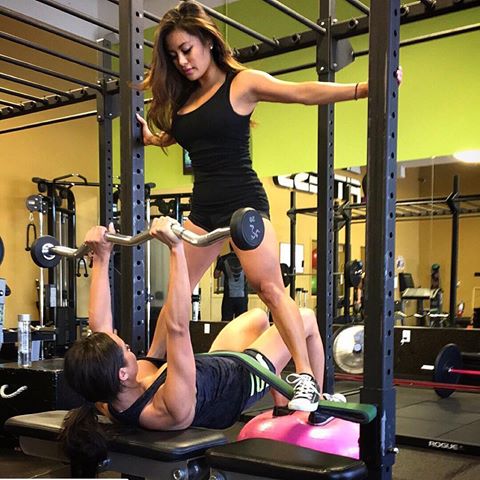

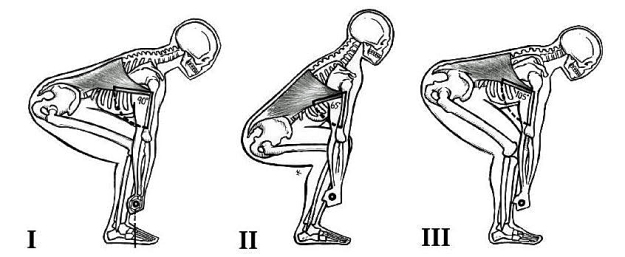 The Conventional Stance Deadlift set-up. Note the following: The lifters hand position relative to their shin and foot, the shoulder relative to the arm/hand position and the hip and spine relationship. Hip position is determined by the lifters structure. In my case (relatively short arms and long femurs) my hip position is closest to #1. A different body requires some adjustments to find their optimum start point. Elevating the barbell creates changes in the involved joint angles and moving the barbell forward changes the balance and further changes joint angles. Illustration Credit: Starting Strength 3rd Ed.
The Conventional Stance Deadlift set-up. Note the following: The lifters hand position relative to their shin and foot, the shoulder relative to the arm/hand position and the hip and spine relationship. Hip position is determined by the lifters structure. In my case (relatively short arms and long femurs) my hip position is closest to #1. A different body requires some adjustments to find their optimum start point. Elevating the barbell creates changes in the involved joint angles and moving the barbell forward changes the balance and further changes joint angles. Illustration Credit: Starting Strength 3rd Ed.



